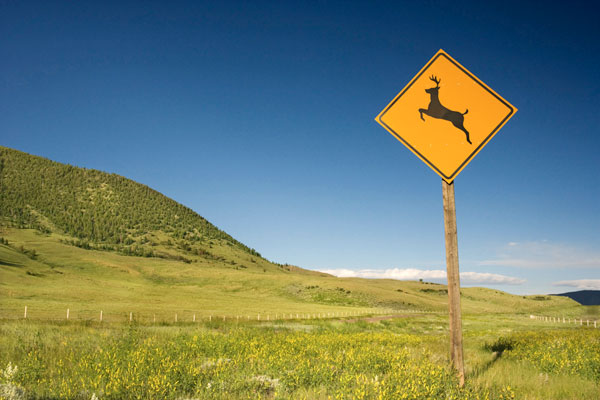We all know about Punxsutawney Phil, the famous little weather forecaster hailing from Pennsylvania and inspiration for the national holiday Groundhog Day and the movie of the same name. But how much do we really know about Phil and his kind? Here are 10 things we were surprised to learn about groundhogs. 
1. Groundhogs are the only animal to have a national holiday named after them. Groundhog Day is celebrated February 2. The first Groundhog Day was celebrated on February 2, 1886, in Punxsutawney, Pennsylvania.
2. Also known as woodchucks, groundhogs neither eat nor chuck wood.
3. They are mostly herbivorous, but they also eat grubs, insects, snails, and grasshoppers, along with other small animals.
4. In captivity, groundhogs can can live to be 20 years or older. The oldest known groundhog, Wiarton Willie, lived to be 22 years old. Most, however, only live to be two or three years old.
5. They are exceptionally strong, industrious, and aggressive. When digging their burrows, the average groundhog moves 710 lbs. of dirt. Bill Murray was bitten by the groundhog twice while shooting the 1993 movie Groundhog Day.
6. In most areas of the U.S., groundhogs hibernate from October through March or April, meaning that very few are likely to have emerged by the time Punxatawney Phil makes his famous Groundhog Day appearance on February 2.
7. The vast majority of groundhogs emerge from hibernation to begin mating, not to help humans predict the weather.
8. Punxsutawney Phil has a southern counterpart in General Beauregard Lee, who resides at the Yellow River Game Ranch in Lilburn, Georgia, near Atlanta. He has received two honorary doctorates from Georgia universities – a DWP, Doctor or Weather Prognostication, and a Doctor of Southern Groundology.
9. Groundhog hairs are used for tying trout flies. American Indians used its fur in moccasin soles.
10. The groundhog shares February 2 with a number of other holidays, including:
- Feast of the Presentation of Jesus at the Temple, a.k.a. Candlemas
- Inventor’s Day (Thailand)
- World Wetlands Day
- Imbolc and Lughnasadh (Irish/Celtic origin)

